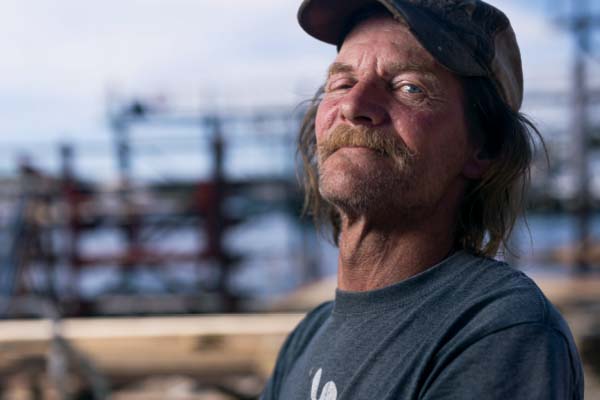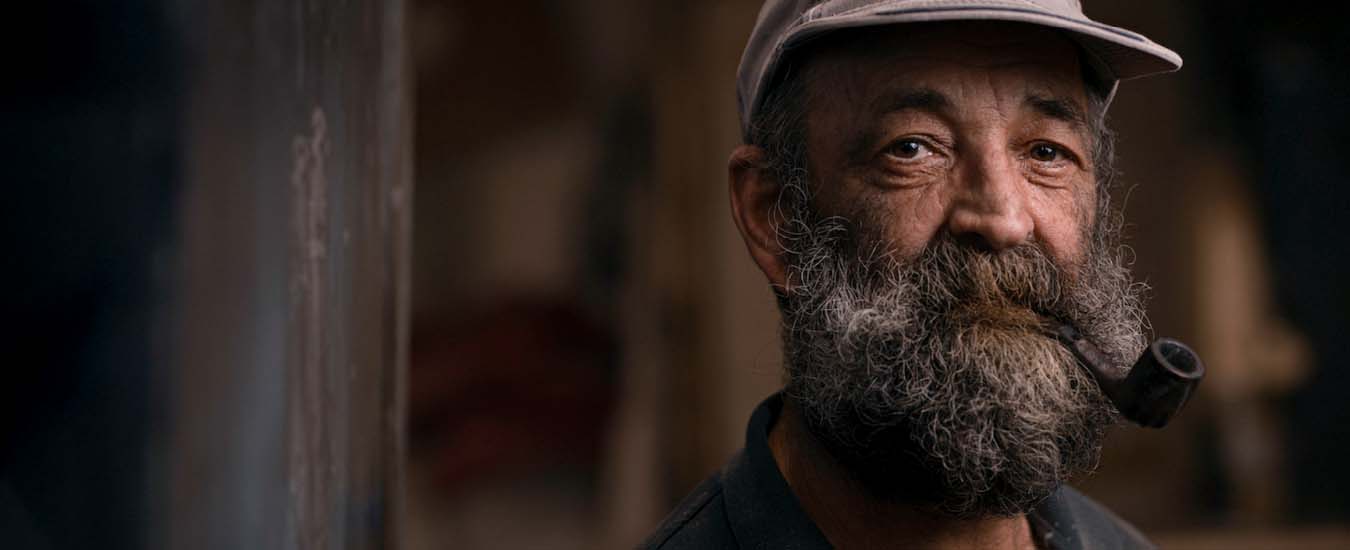The salt-blooded craftspeople of an ancient industry
From the province that gave the world the famed Bluenose, boat building has been a part of the industrial heritage of Nova Scotia since at least 1606—over 250 years before it even became a province. From the earliest seafaring days in North America, the shores of Nova Scotia have seen racers, fishing vessels, schooners, and even rum runners emerge from the area’s coastal boat builders.
Boat building in the province started with the most traditional of practices, including locally-chopped trees and construction via hand tools. As the centuries have forged on, so too has the evolution of the craft; today, boats are made in the area from a multitude of materials, including lightweight fibreglass, aluminum, and still—of course—with wood. Many in Nova Scotia still build boats “the old way”, but across the 50+ boat builders in the province, you’ll find vessels emerging that run the gamut from smaller wooden daysailers to modern military and law enforcement craft, to big cable ferries.
Boat builders don’t fit one mould, and currently there are more than 1,000 people in the industry in the province, employed in a variety of roles, including shipwrights, mechanics, electricians, labourers, fibreglass laminators, welders, painters, carpenters, marine service technicians, and more. Many take on a variety of roles within an operation, and the skillsets they hold become very multi-faceted; for some boat builders, the craft has been in individual families for generation upon generation. It’s one of the oldest industries in Nova Scotia, and to peek into this world is to peek back upon the very history of the province.

Gene Gregory, Lunenburg Industrial Foundry & Engineering (LIFE). Opposite: Thadeus Magora, LIFE.
Over the last two years, even with the restrictions of COVID, I was fortunate to be able to travel from one end of the province to the other to document many of the boatbuilders—along with many involved in the overall marine industry, including service and repair—of Nova Scotia.
I walked into large-scale commercial operations with sleek production facilities, and I walked into old sawdust-lined buildings that screamed of history. I met men and women from across skill levels, years of experience, and a multitude of backgrounds. Many had been in the industry for as long as they could remember—it was all they really knew—-and I met apprentices that were fresh on the job, soaking up the experience of those who walked before them.
As a photographer, you are always looking for “story”. It’s not enough, to me, to turn my camera towards something photogenic—whether that be a person or place—and simply press the shutter. I want to try to convey experience and feeling through my images.
I want to share a little of the heart of a subject; I want to try to convey, visually, a tale, and bring the viewer along with me to a place they may never have been, or to understand a little of a story they don’t know.
Photographing people requires trust, and it is only when people trust you that make themselves available for a portrait. For me, that meant going to many different shops and learning about an operation or an individual boatbuilder before picking up the camera; it meant asking questions, and listening with interest. My goal may have been photographic portraits, but I also gained knowledge on an industry foreign to me that will stay with me forever.
